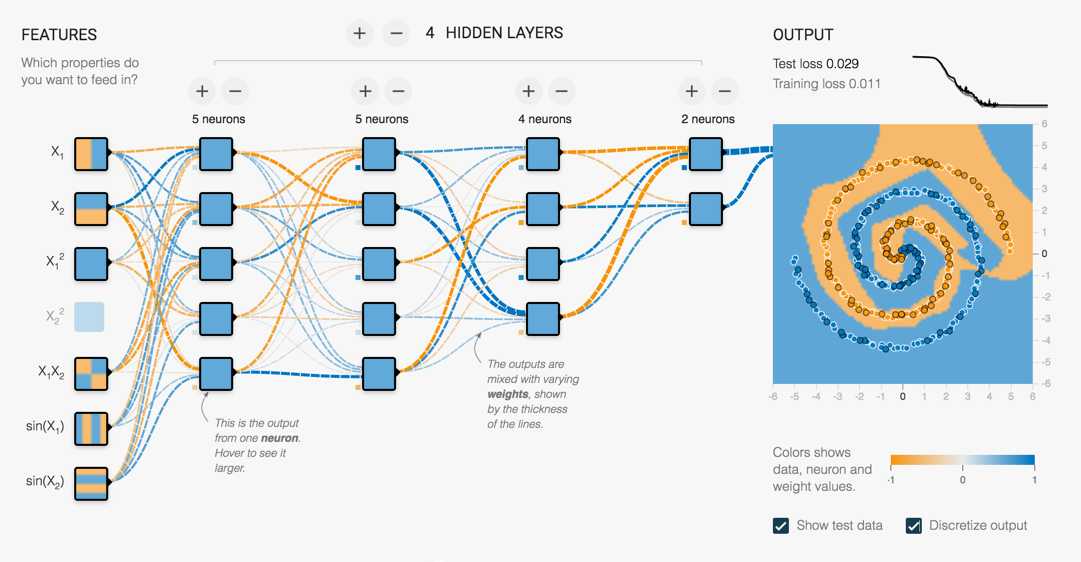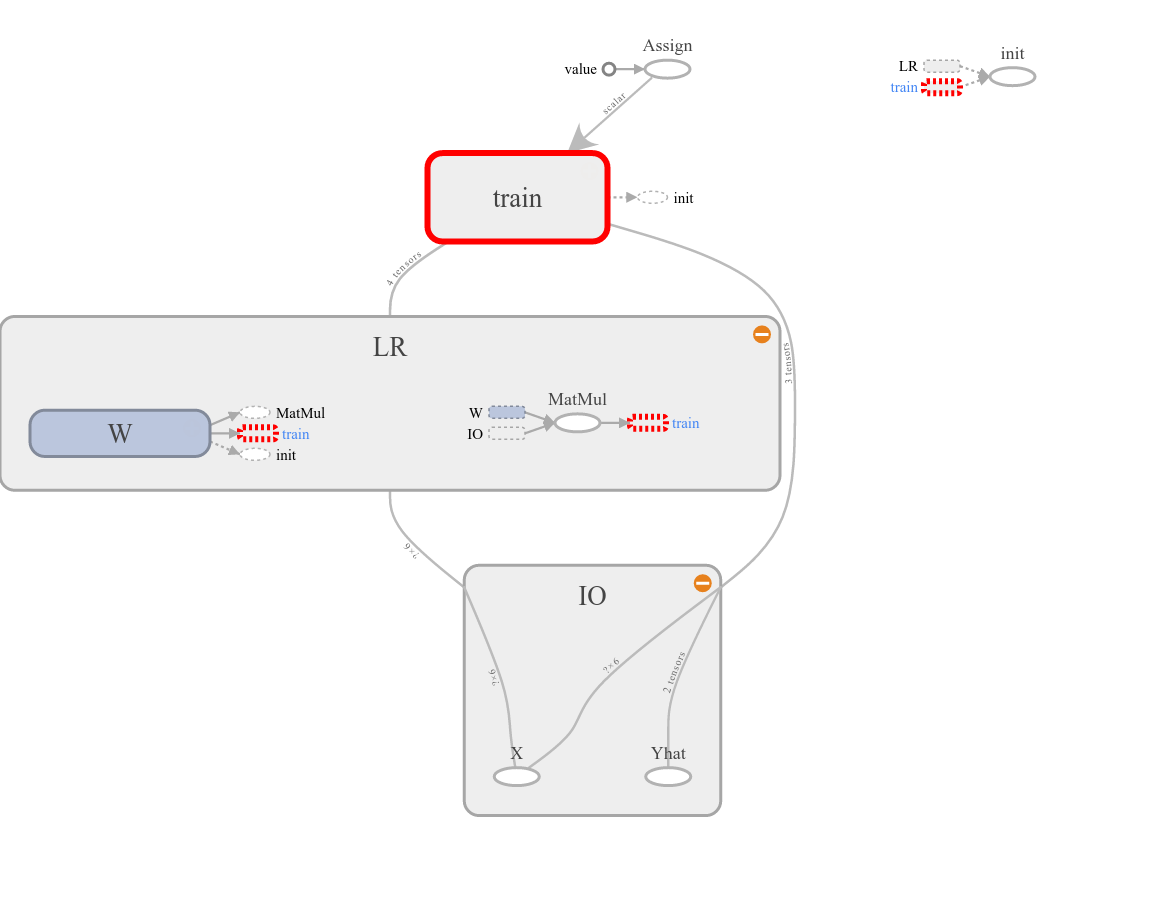Tutorial: TensorFlow References
--D. Thiebaut (talk) 12:00, 6 August 2016 (EDT)
Contents
- 1 References & Tutorials
- 1.1 Understanding Deep Neural Nets
- 1.2 Machine-Learning Recipes
- 1.3 Soon Hin Khor's Gentlest Introduction to TensorFlow
- 1.4 Jason Baldridge's Tutorial
- 1.5 David Frossard's Tutorials
- 1.6 Intro to Machine Learning and TensorFlow, Google video
- 1.7 WILDML: A Convolutional Neural Net for Text Classification in TF
- 1.8 RNNs
References & Tutorials
This page contains resources that will help you get up to speed with Machine Learning and TensorFlow. I have attempted to list the resources in a logical order, so that if you start from scratch, you will be presented by increasingly more sophisticated concepts as you progress. Note that all these tutorials assume a good understanding of Python an of how to install various packages for Python.
Understanding Deep Neural Nets
- Step 1:Start with this article from Scientific American: Unveiling the Hidden Layers of Deep Learning, by Amanda Montanez, editor at Scientific American. This short article references Springtime for AI, the rise of deep-learning, published by Scientific American (you'll need a subscription to access this article.)
- Step 2: Play with the TensorFlow playground, created by Daniel Smilkov and Shan Carter.
Machine-Learning Recipes
A very good (though quick) introduction to various Machine Learning concepts, presented by Josh Gordon. It is highly recommended to code all the examples presented.
Machine Learning Recipe #1: Hello world!
Machine Learning Recipe #2: Decision Trees
Machine Learning Recipe #3: What makes a good feature?
Machine Learning Recipe #4: Pipeline
Machine Learning Recipe #5: Writing your own classifier
Soon Hin Khor's Gentlest Introduction to TensorFlow
Soon Hin Khor's introduction is a good place to start with TensorFlow, looking at a simple linear model for the price of houses as a function of size.
Jason Baldridge's Tutorial
Posted on November 26, 2015, this post is another interesting exploration of TensorFlow that starts from scratch and provides the code for working examples.
David Frossard's Tutorials
|
A very good, clean, stylish tutorial on multiple linear regression using TensorFlow. |
Intro to Machine Learning and TensorFlow, Google video
This is a very good approach to TensorFlow which uses the wine quality data-set from UC Irvine Machine Learning repository. It uses the red wine data (winequality-red.csv). It starts with a 30-minute math tutorial presented by jenhsin0@gmail.com, and it covers
- entropy,
- variable dependency,
- dimensionality reduction,
- graph representation of models,
- activation functions in neural nets,
- loss functions, and
- gradient descent.
After a 10-minute pause (which is part of the video), the next speaker starts with a Jupyter notebook exploring various aspects of the wine-quality data. The notebook and associated data are available from this github repository.
WILDML: A Convolutional Neural Net for Text Classification in TF
- WildML Tutorial: A very detailed tutorial on text classification using TensorFlow.
RNNs

